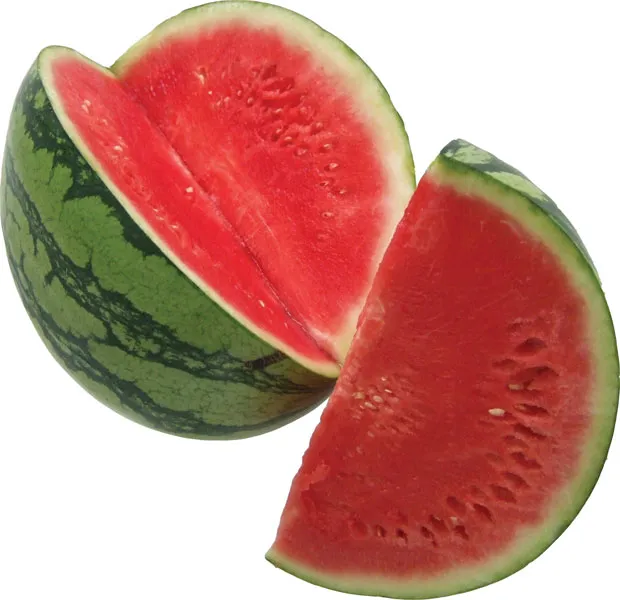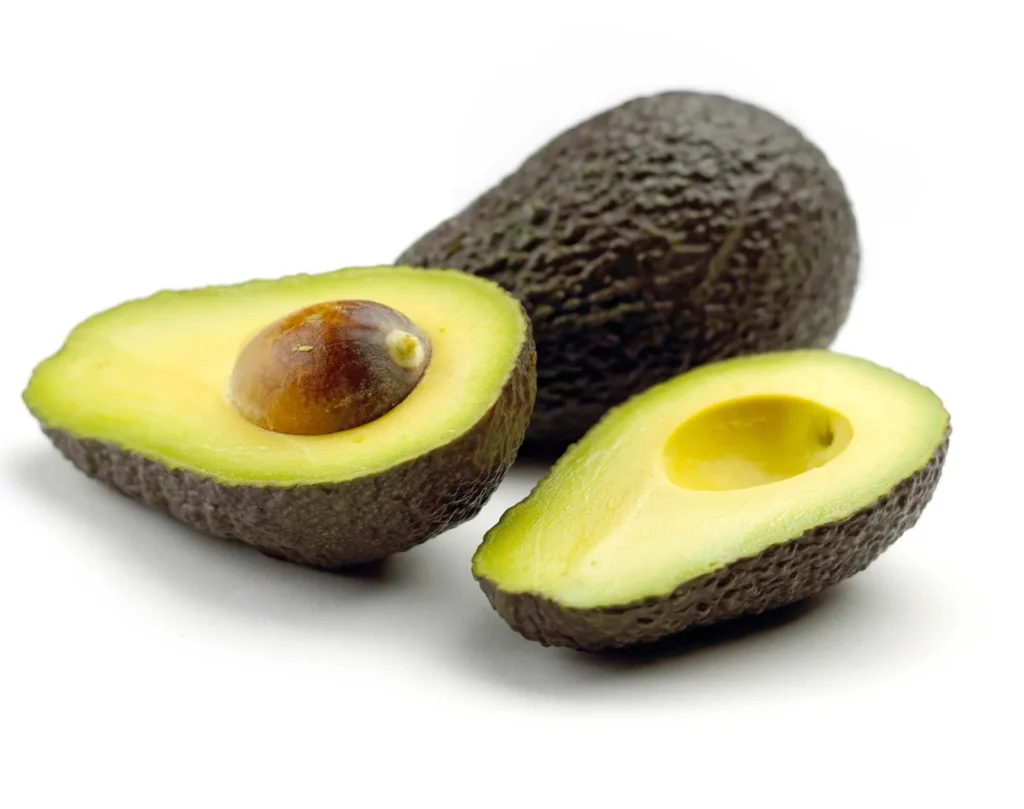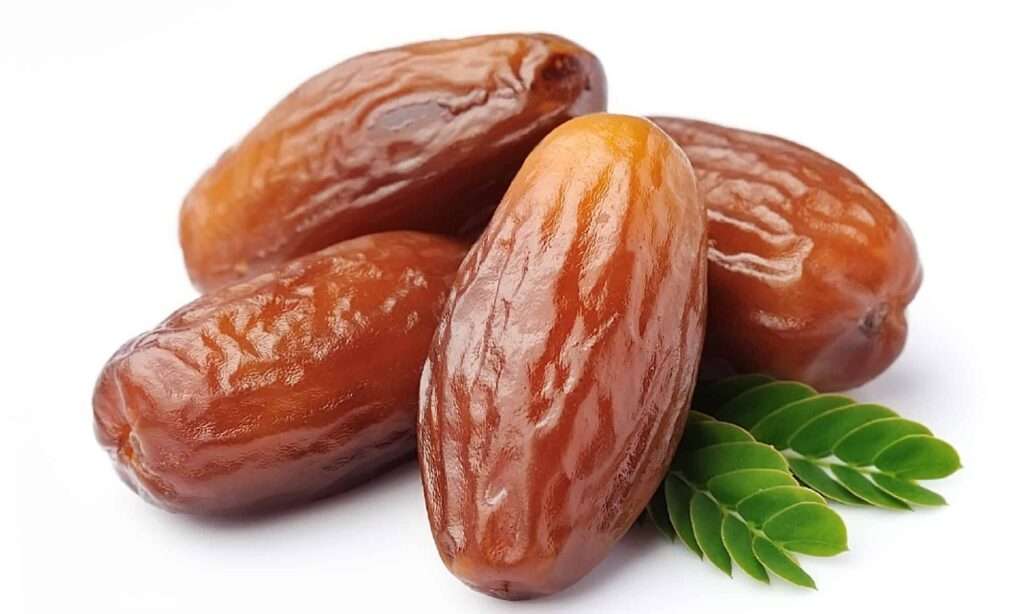
Description
This fruit is called a pepo in botany. The variety affects the fruit’s form, thickness of the peel, and colour of the sweet, luscious flesh, which might be reddish, white, or yellow. 1 to 2 kg to 20 kg or more is the weight range for watermelons. Per vine, there are anywhere from 2 to 15 fruits.
Varieties
- Early/short-season cultivars reach maturity in 70–75 days:
The “Blacktail Mountain” has a dark green rind and scarlet meat. They lug a 6–12 pound weight.
“Faerie” watermelons have a golden peel and scarlet flesh. At 5 to 6 pounds, they are rather modest fruits.
“Golden Crown” watermelons have golden rinds and scarlet flesh. They lug a 4–7 pound weight.
A superb red-fleshed cultivar is “Sugar Baby.” Melons weigh between 6 and 10 pounds.
- In 80 to 85 days, long-season varieties reach maturity.
The melons from “Ali Baba” have an oblong form and scarlet flesh. From 12 to 30 pounds, melon weighs.
A hybrid plant called “Moon and Stars” produces lovely melons. There are varieties with red and yellow flesh.
Melons from the variety “New Queen” have orange flesh, few seeds, and a lot of sugar. They are between 5 and 6 pounds.
Types marketed as being seedless: While the seeds in these types are small, white, and delicious, they are not actually seedless. These hybrids are self-sterile. beginning seedless watermelons in peat or paper pots will offer you a minor advantage over beginning them in the ground because they have a higher germination rate and are less expensive than seeded watermelons.
The red-fleshed “Revolution” melon takes 80 days to reach maturity. Melons weigh 20–26 pounds.
Melons with red flesh from the “Superseedless” variety are available for harvest 90 to 95 days after sprouting. Melons weigh 16 to 20 pounds per.
Melons with red flesh from the “Sweet Bite” variety mature in about 75 days. Melons weigh 5 to 8 pounds. A yellow-fleshed melon with a 75-day maturation period is called “Triple Gold.” Fruits weighed 8–10 pounds.

Uses
The fruit, which is frequently eaten raw, contains some vitamin C and vitamin A. Pickling can sometimes be used to keep the rind in place.
Nutrition
A 100-gram (3+12 ounce) portion of watermelon fruit has low levels of vital nutrients and 125 kilojoules (30 kilocalories) of food energy. At 10% of the Daily Value, only vitamin C is present in meaningful concentration. Lycopene is one of the carotenoids found in watermelon pulp.
Cultivation
Watermelons are grown in temperate to tropical areas and require temperatures above around 25 °C (77 °F) to flourish. On a garden size, seeds are often put in the ground after being seeded in pots under cover. A sandy loam with good drainage and a pH of 5.7 to 7.2 is ideal.
Aphids, fruit flies, and root-knot nematodes are among the watermelon’s main pests. Plant diseases like powdery mildew and the mosaic virus are more likely to affect plants in environments with high humidity. Some cultivars that are often planted in Japan and other Far Eastern nations are prone to fusarium wilt. Such types can be protected by being grafted onto rootstocks that are disease-resistant.
Table





